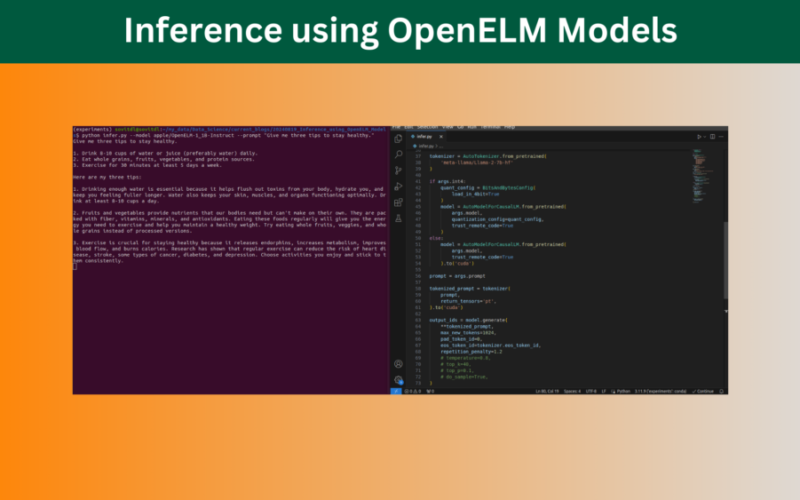Bake times are often seen as a necessary safeguard before deploying changes widely, but they’re an inefficient use of time. Instead of passively waiting for issues to emerge, teams should focus on active validation, like model-based testing in production.
The Problem with Bake Times
The biggest issue with traditional bake times is that they rely on guesswork. There’s no clear, data-driven method to determine how long a deployment should “bake” in production. The timing is arbitrary, often decided by gut feeling or tradition rather than by concrete metrics. Without a well-established method, you’re left hoping that problems will surface during the chosen window—an inherently unreliable approach.
Moreover, bake times cannot account for unexpected changes in production traffic patterns. Sudden spikes or dips in user activity might not align with your bake period, meaning issues could go unnoticed until it’s too late. Even anticipated events, like holiday shopping surges or end-of-month activities, are difficult to simulate effectively within a bake window. There’s no easy way to ensure that the system has been “baked” for these kinds of traffic fluctuations.
Additionally, baking for negative scenarios—like network failures, service outages, or database overloads—is nearly impossible to manage during a passive bake period. You simply can’t predict or force the system into such failure modes during a bake time, making it a highly inefficient way to assess whether your deployment is truly resilient.
A Better Approach: Purposeful Baking with Model-Based Testing
Model-based testing in production is a more effective way to validate changes. These tests simulate real-world traffic patterns and user interactions, actively probing the system to ensure it can handle typical workloads and edge cases. While these tests are running, we are effectively “baking” the release, but doing so purposefully by exposing the system to realistic scenarios instead of passively waiting for issues to emerge.
The key advantage of this approach is that the duration of the bake time is now tied directly to the length of your testing suites. Instead of setting arbitrary bake times, you can control how long the validation process takes by adjusting and optimizing your tests. This purposeful baking approach gives you flexibility—when you optimize your test coverage, you can confidently deploy faster without waiting for extended, idle bake periods. If your tests are quick and efficient, your deployment time shortens accordingly, allowing you to increase deployment velocity without sacrificing quality.
Furthermore, by continually refining your test suites to cover more edge cases and failure scenarios, you gain a deeper understanding of how your system behaves under different conditions. This proactive testing also means you can adapt to the changing demands of your system more rapidly, ensuring that your deployments are both safe and swift.
Beyond testing, it’s essential to continue monitoring metrics and maintaining active alarms throughout the process. Monitoring key performance indicators like latency, error rates, and resource utilization ensures that any expected or unexpected issues are caught quickly. By priming your rollback alarms to trigger based on your test results, you gain the ability to “fail fast.” If something goes wrong during testing, your rollback mechanisms will immediately kick in, minimizing downtime and impact. The combination of continuous monitoring and responsive alarms adds another layer of safety and agility to the deployment, ensuring that any failure is caught and mitigated early.
This “fail fast” approach reduces the risk of prolonged failures in production and allows for quick recovery, further enhancing deployment speed and reliability. By embedding rollback alarms into your model-based testing framework, you give yourself an additional safety net—triggering rollbacks as soon as problems are detected during testing, rather than waiting for user impact or post-bake reviews.
Conclusion
Traditional bake times are outdated and inefficient. By embracing purposeful baking through model-based testing, teams can validate their deployments actively and reduce wasted time. Furthermore, by refining your test suites, you gain valuable insight into system behavior and can adapt to evolving demands, ensuring safer and faster releases. Continuous monitoring and rollback alarms, integrated directly into the testing process, enable a “fail fast” mindset, ensuring that any issues are detected and addressed quickly. This not only improves the quality of the deployment but also guarantees a faster, safer release process.
Source link
lol

